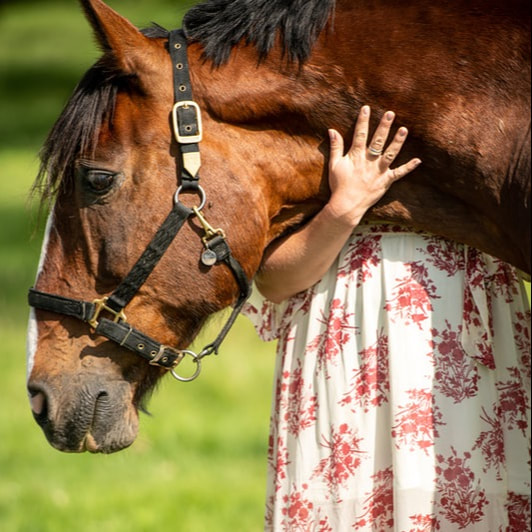|
You have hit a problem that you think can’t resolve. You are standing, looking at a giant wall, unable to see the other side of it, yet that is where you want to be - on the other side. You might go up, bang your fist against it, push it, kick it, then turn that frustration onto yourself. “What is wrong with me that I can’t get over this wall?!” Your frustration turns quickly into sadness, which sometimes turns into defeat. “I can’t get on the other side” so we sit down and wait or we walk away and try to forget.
There are problems in our lives that we simply can’t see the resolution for, either because we have never seen someone work through a problem like this, or our families have gotten stuck in that same place and we somehow learned in our lives that this big problem will always remain a big problem. We learn to be semi comfortable with these walls in our lives restricting where we go and how we decide to live. And when someone tells us that those walls don’t need to be there, we remember the sense of frustration, the insecurity we felt in ourselves, and now we stand looking at someone who claims that they have been over those walls. A wave of disbelief that they could have actually found a way to do so, envy that they are strong enough and you are not, possibly even a sense of anger that they are explaining what is like on the other side of that wall and it is something you have wanted so badly for your entire life. This is when there are different paths. You can take the path of believing the person who has overcome their obstacles, checking out their story, becoming curious about their wall and what was on the other side. The other option is to hear those old voices inside your head say, “I can’t get to the other side”, “I am weak”, or “this wall is different, there is no getting over it,” and you believe those words. Your right, everyone’s big problem is different, every wall is unique in that it is your own wall to address. We can learn from one another on how they approached the issue, how they felt when they were up against what they felt like was the end of their existence, but it is up to you to resolve your own. Friends can be great at kicking our wall along side us, holding us when we become sad, and cheerleading when we get the strength to face the problem again. But this does’t actually help us get to the other side. We are the ones that need to sit with the wall and come up with a new solution, one that is unique to us and the more advice we get, the further we get from finding our own solution. What we need is someone who can teach us to chew on an issue. Someone who can help us see the other side and create a plan to either dismantle the wall, get over it somehow, or come to terms with it depending on what we decide to do. Ironically, sometimes the people who are really alright with whatever side of the wall we end up are the ones that can help us the most because they allow the space for us to figure out where we want to be and how we can get there. Our goal is to see clearly. What is this wall? More importantly, what is on the other side out of reach? How can we stretch ourselves to find a way over what seems like the impossible? The journey to face our challenges can be a lonely one, as indeed it is something we need to do in our own way. That doesn’t mean we can’t get help, and that doesn’t mean we can’t learn from others by listening to their journey. We get to explore what we think is on the other side of things, what our lives would look like if we overcame our challenges. Would it look the same? Vastly different? Would everything change or just some things? I think in all honesty, many folks are not sure where they want to go. They focus so much on the issue that they can’t see where they are heading. There is a great metaphor I like when working with horses. Often when we fixate on the problem at hand, the big jump in front of us, the movement we are asking for, we stare at it, analyze it, fixate on it, and the horse has no idea what you are asking for because they are thinking in terms of movement. “Do you want me to ride to the jump or over the jump?” For those that know horses, you know there is a big difference. If we think less about the walls that restrict us and we allow ourselves to be more curious about the journey over them, we can find ourselves in motion to solving our problems. Getting into motion is the hardest part.
0 Comments
Your comment will be posted after it is approved.
Leave a Reply. |
AuthorKaia Livingstone is a psychotherapist who runs a private practice outside of Boulder, CO. She specializes in helping horses and humans bond in order to help them relate and connect on a deeper level as well as heal and grow. Archives
July 2023
Categories |

 RSS Feed
RSS Feed
